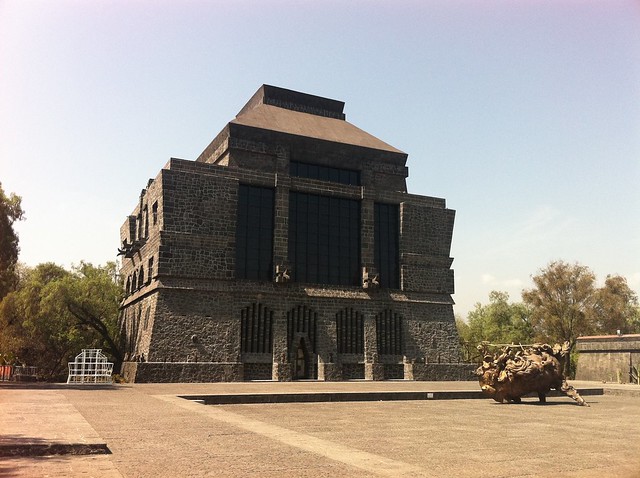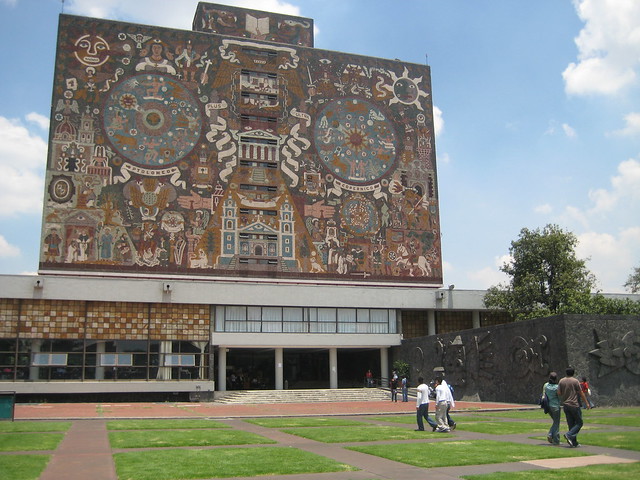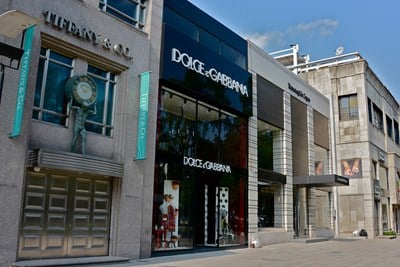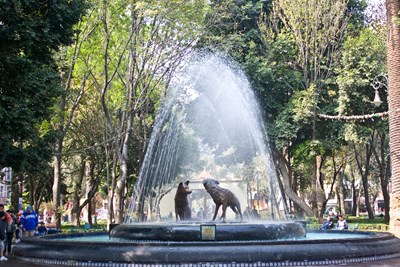Coyoacán is one of Mexico City's 16 boroughs, but it's much more than that. Back in the pre-Hispanic days, this region was held by the Tepanec people, who fought against the Aztecs. These people welcomed Cortés, who used the region as a headquarters. For a long time, the area was rural, and while modernization has claimed much of the farmland, many of the villages have preserved the layouts, streets, and even some buildings from the 16th to the early 20th centuries. Alongside Centro Histórico, this is a great neighborhood for history buffs, and its history as an intellectual hub for the city (and the nation) make it all the more interesting.
Villa Coyoacán
Just south of the Zocalo is Villa Coyoacán, the original independent community that existed here, and one of the oldest parts of Mexico City. The streets and plazas here date back to the colonial era, and it's a bit of a bohemian enclave. The history of this region is storied and intricate. The original city dates back to the seventh century and includes brutal conflict with the Aztecs, as well as a fascinating personal drama centered around a woman known as La Malinche, a translator for Cortes and a controversial figure whose place in history has intermingled with folklore and even religion to the point that they're almost inextricable.
Frida Kahlo Museum
It seems fitting that a region associated with La Malinche—an undeniably influential woman for her admirers and detractors alike—is also associated with an unquestionable feminist and national icon. La Casa Azul, the famous blue house in which Kahlo lived her entire life, is located here in the Colonia del Carmen neighborhood of Coyoacán and is now a museum dedicated to her life and work. Much of her minor work is here, alongside collections of her clothing and jewelry, in the rooms where she entertained the likes of Leon Trotsky, Nelson Rockefeller, and George Gershwin.
Museo Diego Rivera Anahuacalli
The same ticket that gets you into the Frida Kahlo museum is also good for the museum dedicated to her husband. Of course, that's far from the only reason to go. Diego Rivera actually established this place in his own lifetime to house his enormous collection of pre-Hispanic art. Rivera's own work is not the focus here—though it does make an appearance. You don't even have to make it inside to get your first, impressive glimpse of the history here. The imposing building was designed in part by Rivera himself, inspired by Teotihuacan culture and made of black volcanic stone.
Mercado Coyoacán
Of course, Mexico City is famous for its neighborhood markets, some of which are more expansive, but Mercado Coyoacán is definitely worth checking out if you're in the neighborhood. There are a lot of local arts-and-crafts-type booths and some of the best tostadas around.
Ciudad Universitaria
This is the main campus of the Universidad Nacional Autónoma de México, the largest university in Latin America. But aside from being a leading research institution, aside from its wealth of Nobel laureates like Octavio Paz and Alfonso Garcia Robles, the campus itself is beautiful. It's actually recognized as a UNESCO World Heritage Site. The campus was designed by some of the country's best architects, and it's covered with murals from some of Mexico's best-known, beloved muralists.
(featured image via Flickr)






